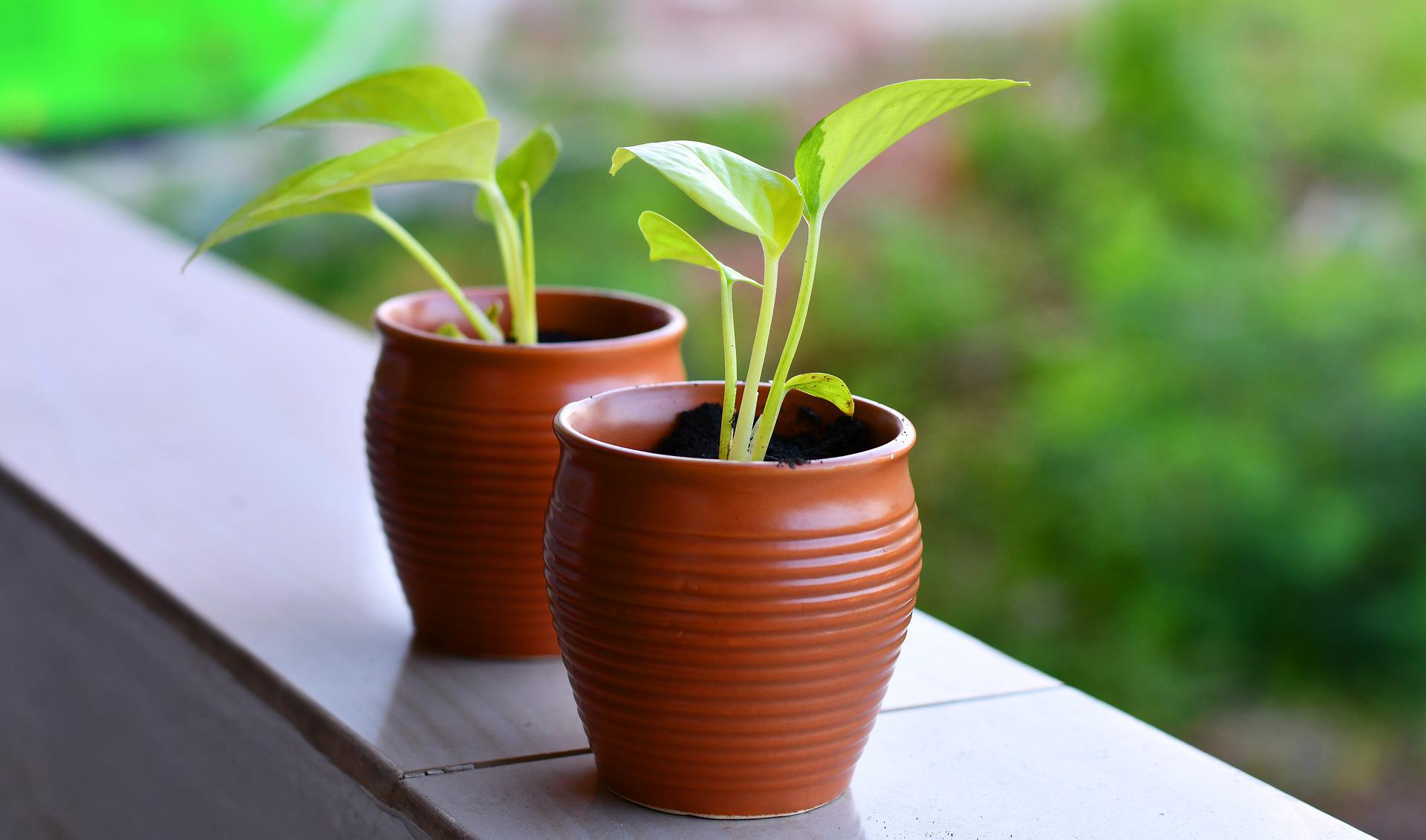House planting grew in popularity over the years. After all, it’s scientifically proven to improve our physical and mental health while adding a sense of liveliness and freshness to our homes– something we all need nowadays.
However, even if you want to start indoor planting immediately, you still have much to learn to avoid wasting time, money, and plants. Fortunately, we got you covered with these five tips for thriving houseplants.
1. Choose the Right Plant for Your Location and Expertise
Pick a plant suitable for your home and gardening level.
If you’re just starting, you should begin with low-maintenance indoor plants. I recommend starting with snake plants, Chinese money plants, lucky bamboo plants, cast iron plants, and jade plants.
You should also determine whether the plant you’re bringing home matches your indoor environment. You can adjust the light by giving them artificial lighting, humidity, and water if it doesn’t.
Indoor plants typically come from the tropics, which means they’re used to relatively high humidity. You may either place your plants in a highly humid area in your house or use a humidifier to increase humidity.
Furthermore, consider how exposed the location of your plant is. You can dedicate the area to your plants, making them safer from bumping and other accidents.
2. Let the Light In
Light is an essential factor in a growing plant. After all, plants need light to conduct photosynthesis, converting minerals, carbon dioxide, and water into energy and oxygen.
Without sufficient light, they can’t produce energy for themselves, killing them. In less extreme cases, they won’t be able to produce enough chlorophyll (the green pigment in plants), turning them pale green to yellow.
To avoid this, you should place your plants near south and west-facing windows since they’re the best locations for indoor plants requiring sunlight.
Typically, you should also expose your sunlight-dependent indoor plants to six or more hours of bright sunshine.
On the other hand, some plants, such as anthuriums and ponytail palms, only need moderate light. This means that at least four hours under direct sunlight should be enough.
Ambient light is enough for plants needing indirect light, such as calathea and snake plants.
If you want to move your plants outdoors to indoors, the plant may undergo an adjustment period. It may lose some of its leaves with the changes in the level of sunlight and humidity.
To help your plant in this change, you should transfer the outdoor plant into a shadier part outside before bringing it in.
3. Water Goes a Long Way
Unlike outdoor plants, houseplants require less water. Over-watering is a major cause of killing any plant.
Typically, you should only water indoor plants when the solid is dry to the touch, especially for succulents. However, there’s no universal rule to follow when watering your houseplants.
It varies since different kinds of plants and location conditions differ. Heat and sunlight in your home will dry soil at different rates, so keep track of your indoor plants’ specific needs.
4. Prune and Keep Plants Clean
Some plants tend to die if not regularly pruned.
Pruning can modify and redirect growth, improve the structure, and remove dead branches of the plant. Also, stems pruned above a leaf will develop one or more new tips that will make the plant look denser.
You may lightly prune your plant if it’s overgrowing or if you want to maintain a specific size.
We recommend root pruning when your plant has outgrown its pot. To do this, pull roots away from the root mass, then cut them back to within an inch of the soil mass.
Moreover, removing any discolored leaves and cleaning dust from your houseplant will make it more attractive and healthy.
To do this, use a soft cloth to clean the leaves while using your other hand for support. While doing this, you should also check for signs of pests like spider mites and aphids.
Look for signs of disease on the leaves. Isolate and treat your plants so they won’t infect your other plants.
5. Fertilize Moderately
Think of fertilizer as your plant’s multivitamins. It helps induce healthier growth and remove pests.
However, like too much water or sunlight, too much fertilizer can damage your plants.
Ideally, you should only fertilize your plants in small quantities during spring to late summer. Plants grow actively during this time, and they would benefit from nutrients the most.
Plants in low-light environments don’t need fertilizer as much since their metabolism is slower than plants exposed to sunlight. Hence, they’re not using as many nutrients.
Lastly, don’t forget to read the label since recommendations on dilution and timeline differ per brand.
Final Thoughts
Growing indoor plants isn’t as daunting as it first seems. Still, we suggest you try low-maintenance plants before jumping to exotic and more expensive ones.
Sure, you’ll have mistakes, but don’t let them take you away from the joy gardening provides.

